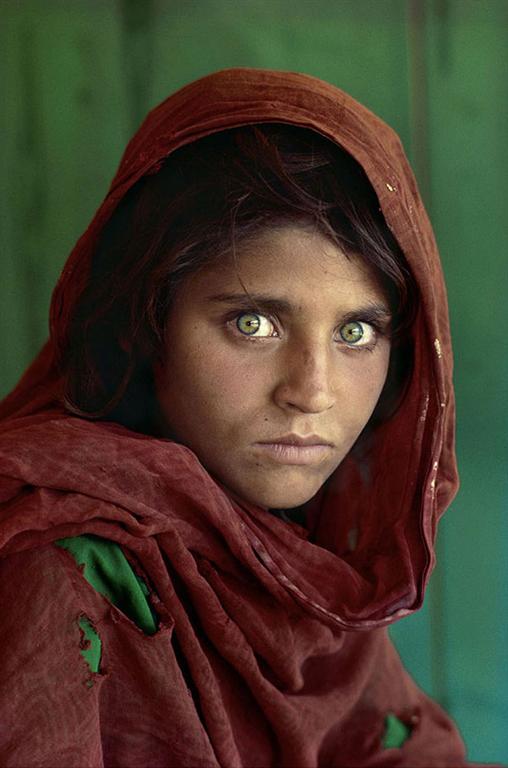People watching; their lives in their faces.
A troupe of black musicians with southern accents and joyful, toothy grins were waiting to board the flight to Stockholm. They wore earphones and were jigging, jerking, twitching, beating out syncopated rhythms on their knees, table and the arms of their seats.
In the restaurant, a conclave of heavy metal rockers, long hair, serious beards, provocative shirts. One was in a wheelchair.
A Viking, his long straw-coloured hair parted in the middle and plaited, a wispy beard and dragon head tattoos on his shoulders; his face lined with cruelty.
Lonely faces in repose on the Underground, their tragedies land fears etched deep into their skin.
Smooth, blank round eyed faces, like those of infants lost in transit, their expression a mixture of boredom, fear, and need.
Buzz Aldrin, a face of wide-eyed wonder and disillusion. ‘I’m the man who walked on the moon, damn it. Why has my life been so tragic?’
The ninety-eight separate muscles under the skin of the face are controlled by twiglets of the sympathetic and parasympathetic nerves and advertise the complex nuances of our feelings.
After a lifetime, the dominant emotional themes of culture and experience that has constructed the rail network of nerves is fixed in the shunting yards of our faces.



